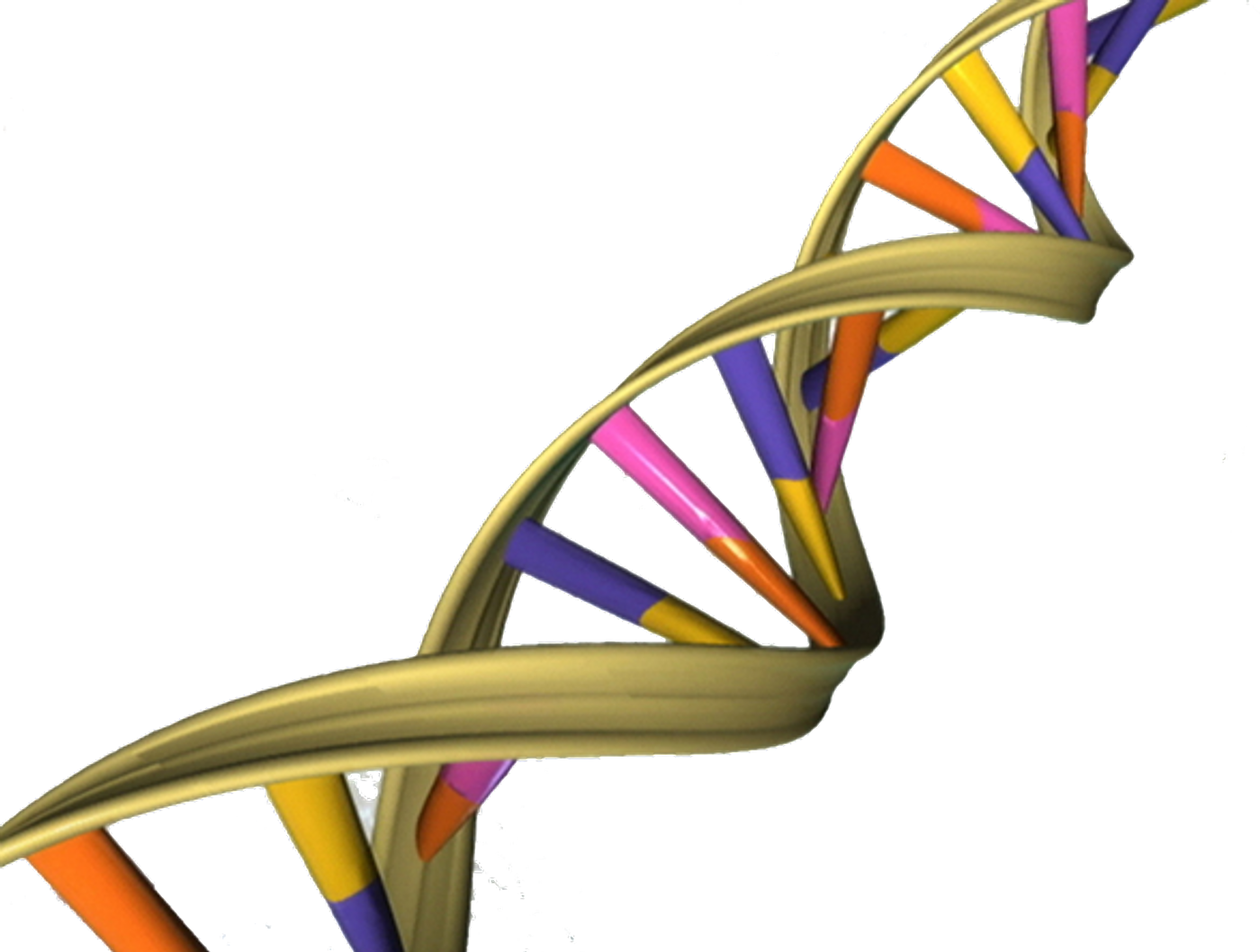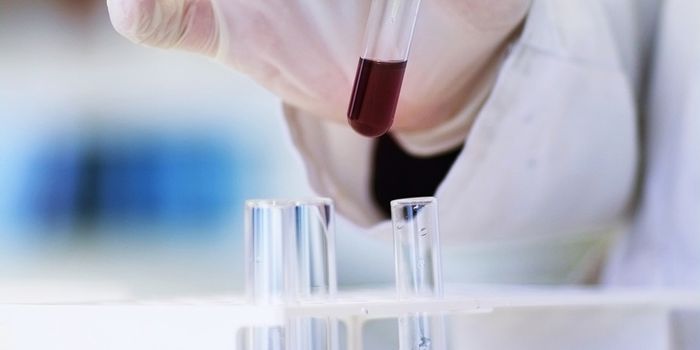Building Synthetic Genomes
Synthetic biologists have tackled a wide variety of problems. Some have been proof-of-concept exercises, like when researchers used a genetic circuit they engineered in bacteria to produce illustrations. Other projects have been serious intellectual pursuits, such as when scientists built a microorganism from raw materials. Now that researchers have tackled these hurdles, they are ready to move on to more complex goals.
There are still significant technical challenges to the manipulation of large chunks of DNA. While costs are falling, it would still be prohibitively expensive, and extremely time-consuming, if billions of bases have to be manipulated. It will still be possible one day though, researchers expect.
“Results over the past two years have certainly increased my optimism that we may be able to do some really profound engineering in animals,” commented synthetic biologist Peter Carr, of the MIT Lincoln Laboratory in Lexington, Massachusetts.
The work so far has been impressive. Craig Venter, considered a pioneer in the field, led a team that trimmed down the genome of the Mycoplasma mycoides bacterium to only the necessary components life needs (Venter is featured the video). One megabase of genetic information was boiled down to 531 kilobases. They were not able to accomplish this by compiling a list of what they assumed would be the necessary genes. Instead, it was slowly whittled down to the core gene set, some of which have no known function.
Several ‘recoding’ projects have led the successful swap of genetic material in bacteria. And in March of this year, scientists led by Jef Boeke at the New York University Langone Medical Center and Joel Bader of the Johns Hopkins University in Baltimore, Maryland performed a total rewrite of five out of 16 chromosomes of S. cerevisiae yeast.
That is a part of the Synthetic Yeast Genome Project (Sc2.0), which is aiming to synthesize the complete genome of S. cerevisiae and perfect it for use in industry and research. They are planning to remove the introns to determine what effect it has. For now, most of the regulatory elements of genomes have been avoided by this field. In complex organisms, however, that can’t be ignored, and we still don’t know a lot about these portions of the genome.
In the Sc2.0 work, the researchers have been able to build chunks of DNA bit by bit from smaller parts and then integrate it into the chromosomes of yeast. The newly engineered yeast is then tested and checked. While sometimes the new sequences have to be corrected, the yeast withstood the edits well.
Now engineers are turning their work toward inserting novel functions into the genome. One way is to use a circuit, like the one used to make illustrations with bacteria. Gene circuits can use transcription factors, which express genes based on external input; another approach has been to use enzymes.
Wilson Wong, a biomedical engineer at Boston University in Massachusetts, leads a team that utilizes recombinase enzymes to switch up portions of DNA. His work created a Boolean logic look-up table, in which a genetic circuit could turn into any one of 16 logic gates, depending on the recombinase that was present.
The next frontier is to use computer programming and genetic editing together. Gene circuits can be designed with a computational tool at cellocad.org, which determines the sequences required to make a desired circuit. Learn more about it from the video.
Source: Nature









